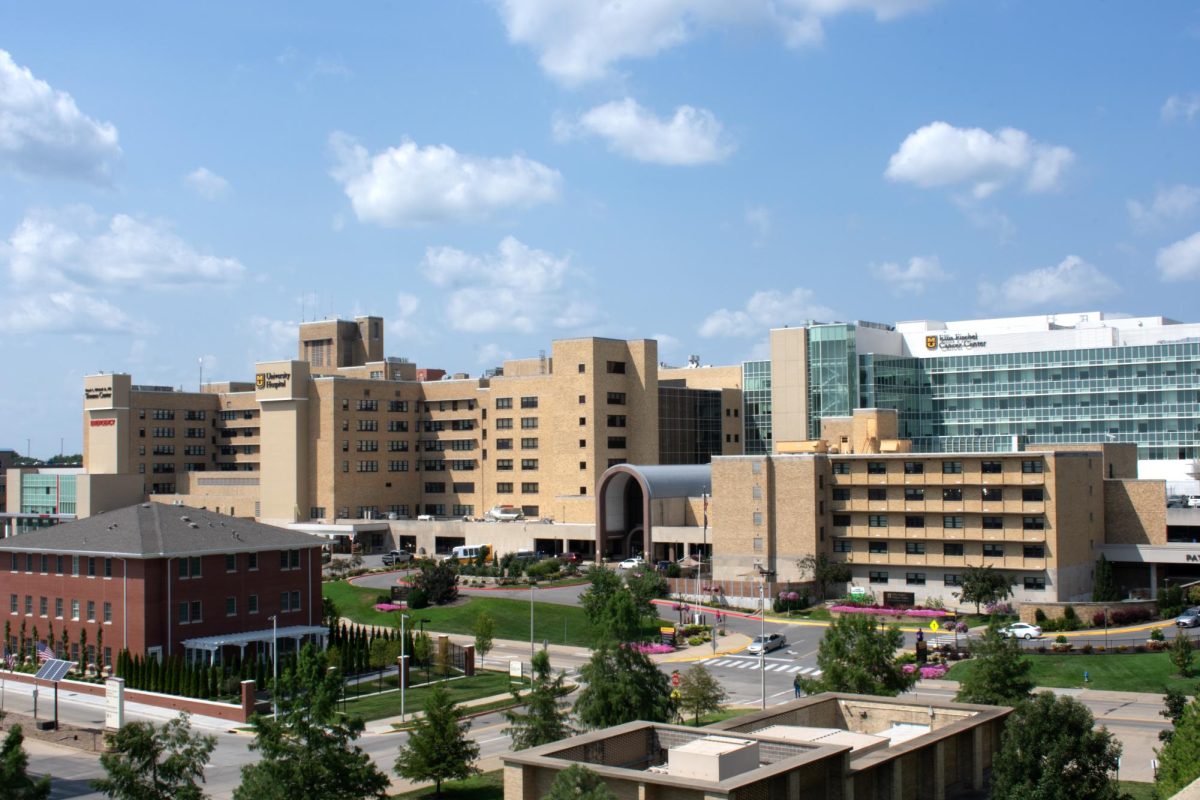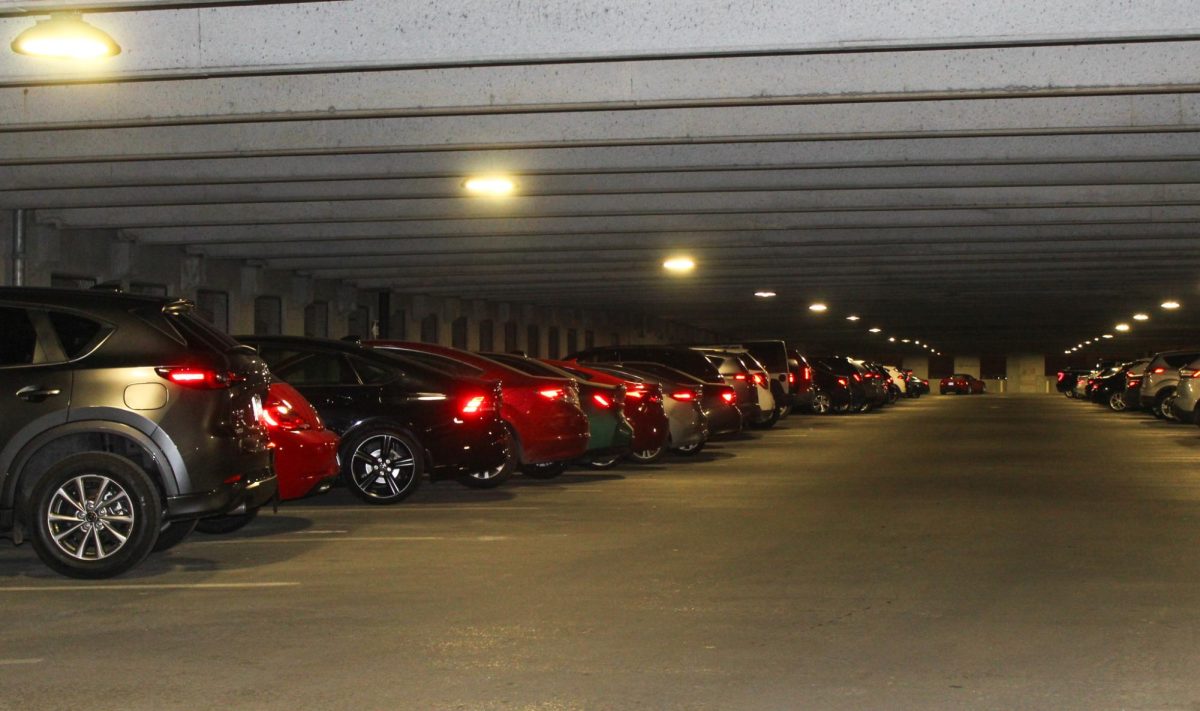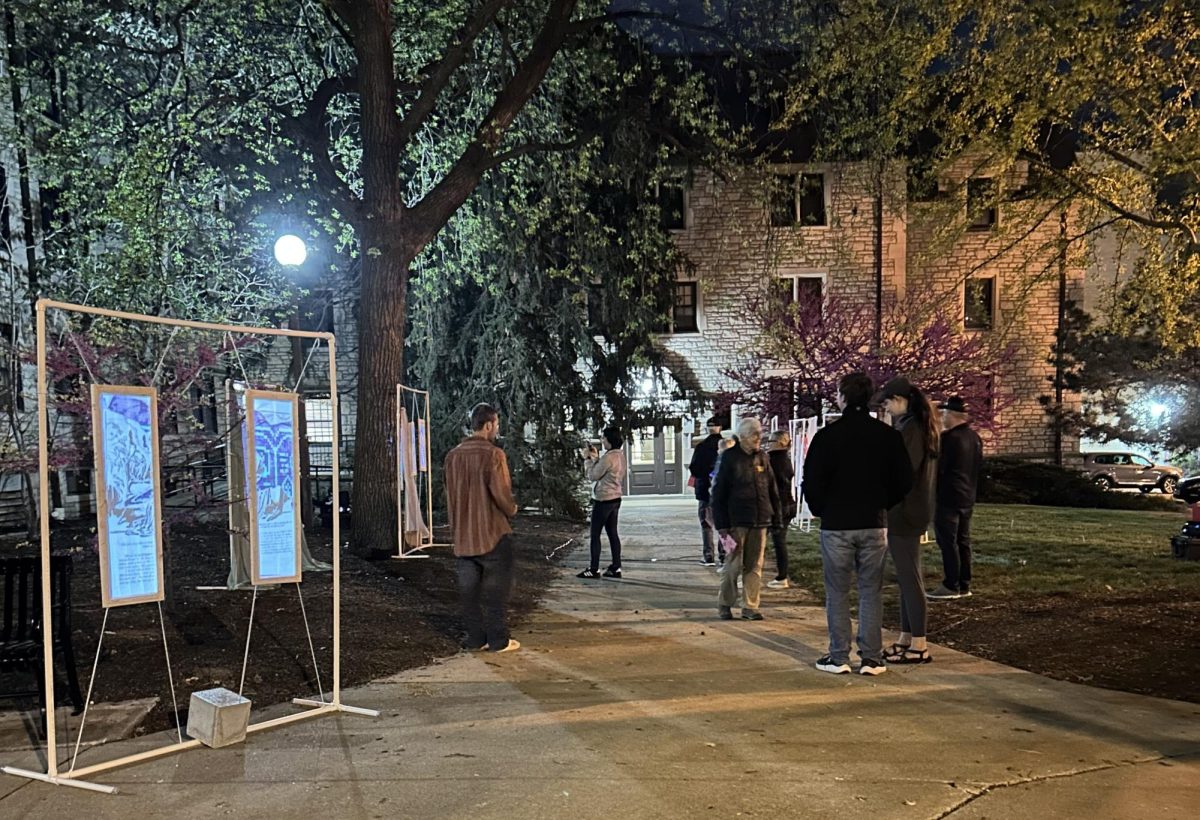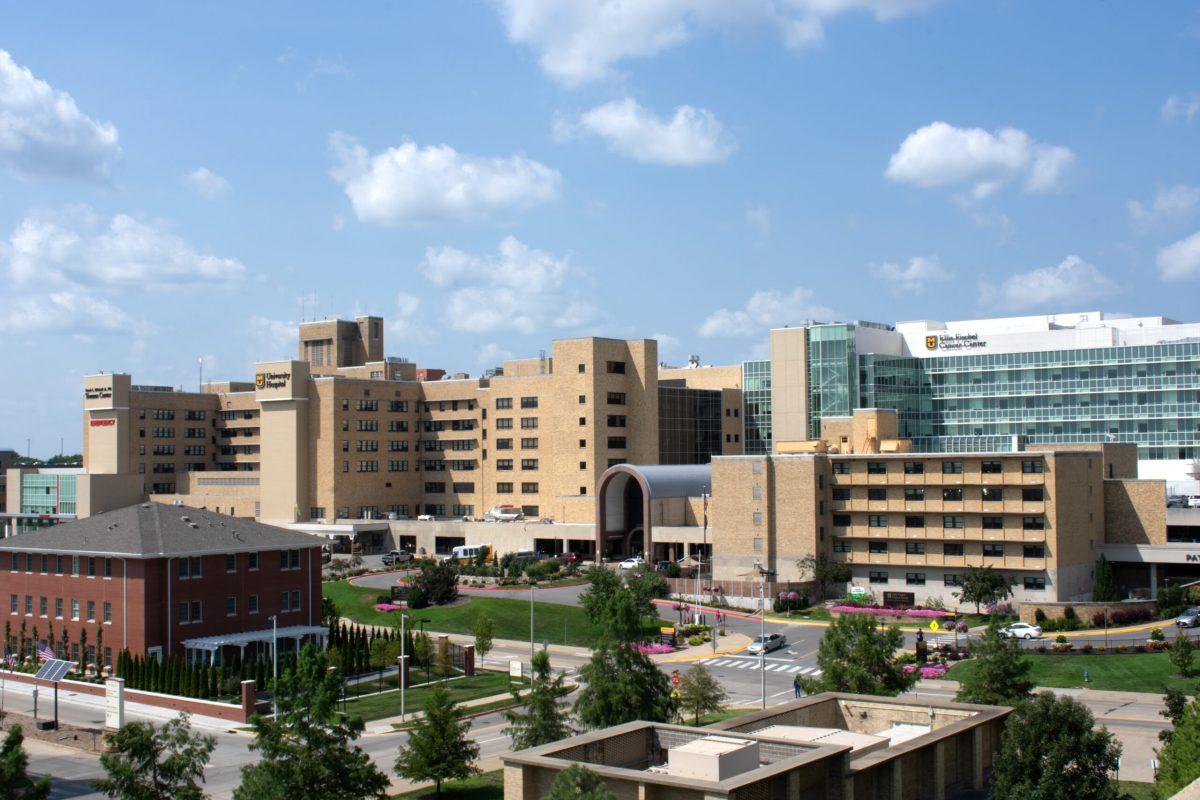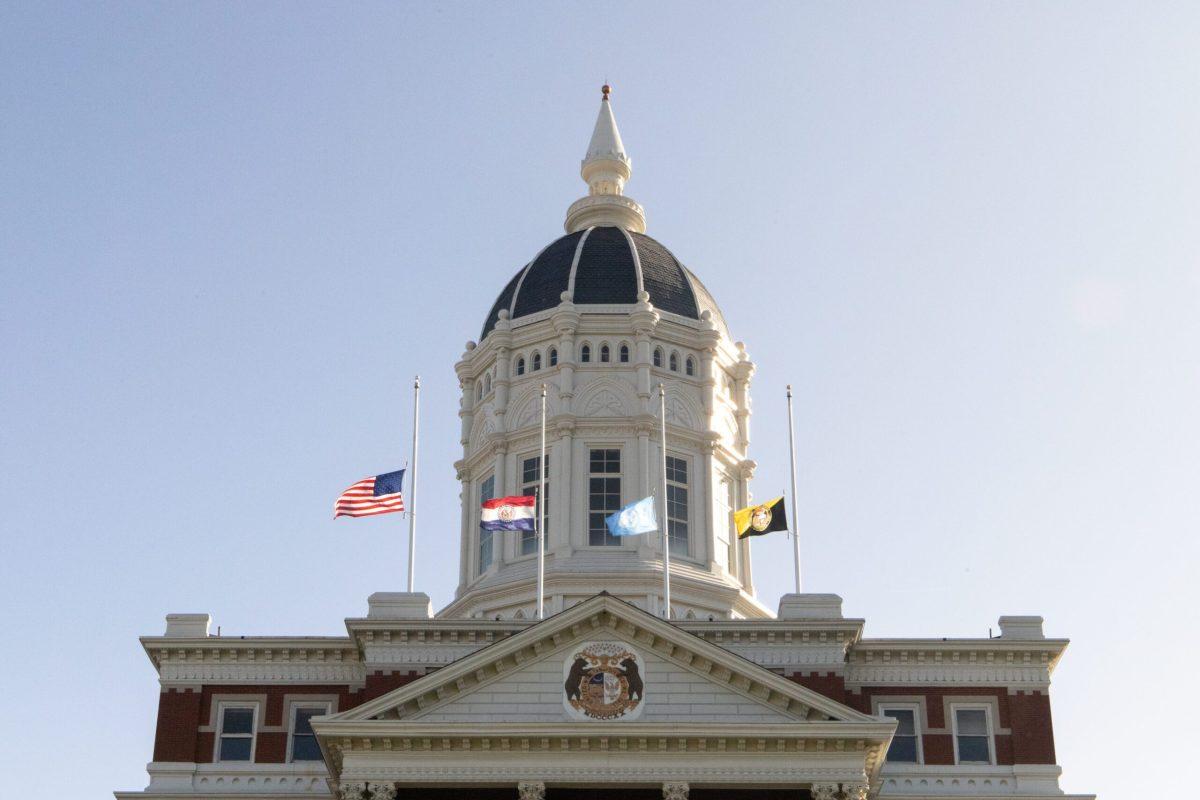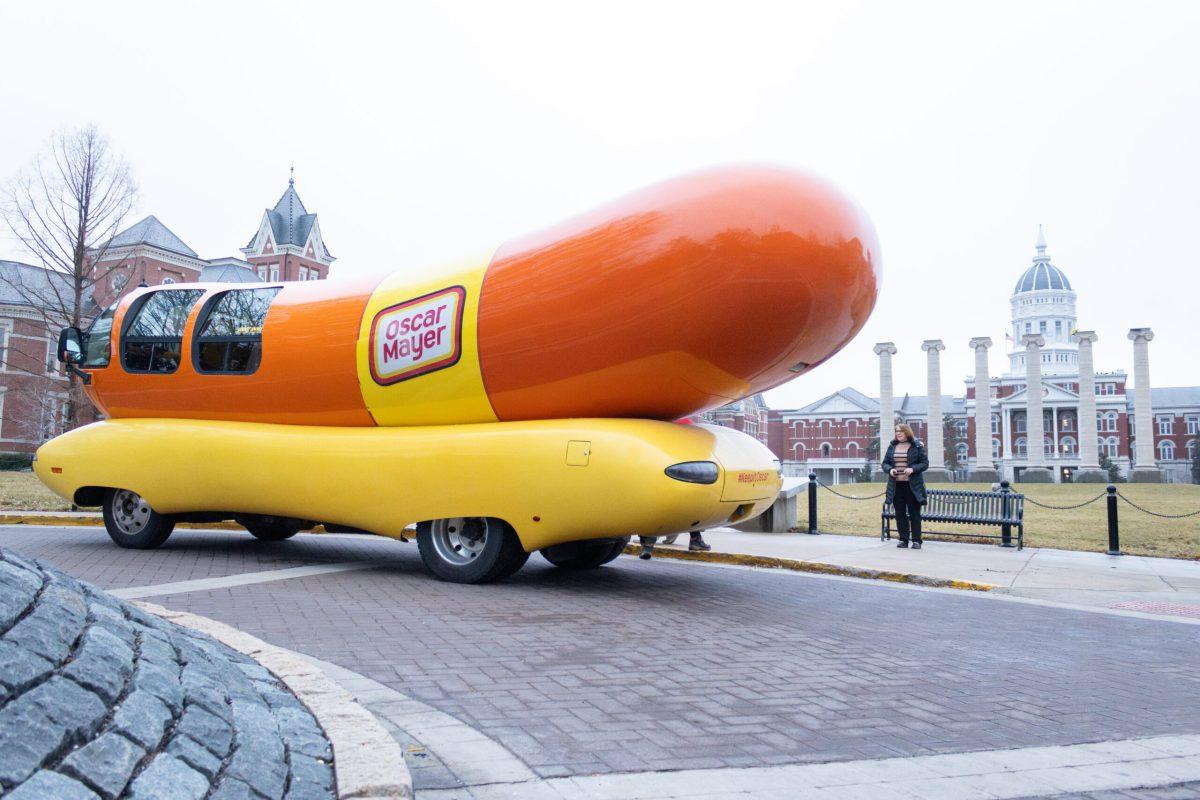In 1973, a Volkswagen with an incubator connected to its cigarette lighter carried children in critical condition across mid-Missouri.
Forty years later, a specialized team of 26 nurses and a state-of-the-art ambulance still serve the same purpose.
MU’s Children’s Hospital’s critical care transport system celebrated its 40th anniversary Nov. 11.
“I think the way to look at the children’s transport service is that, with an ambulance, you get a 911 call, you pick up a patient and you bring them to an ICU,” said transport team coordinator Judy Bildner. “But when you call for the children’s service, our transport team actually takes that intensive care out to the patient.”
The Children’s Hospital is the largest of its kind in mid-Missouri. Bildner said the hospital is the prime destination for children in critical condition.
Elizabeth James, founder of the Children’s Hospital Critical Care Transport Service, recognized this necessity. Starting the Neonatal Intensive Care Unit in 1971, James began receiving calls from local doctors.
“She would drive herself to the hospital, stabilize the baby, put the baby in the incubator and then drive her and the baby back here, with the baby in the seat next to her,” said John Pardalos, the Children’s Hospital’s medical director.
Soon, places farther away began to call in for help, and James began using the highway patrol’s plane for transportation to doctors in places like Cape Girardeau.
“That put a seed in her mind of having a team that could do this because, as she got busier, she couldn’t leave the babies here for very long without a doctor,” Pardalos said.
The year 1973 marked the first year of James’ neonatal transport system. Initially just serving newborns, the service expanded in 1999 to include older children.
“Because we specialize in just children, studies have shown that these patients transported by pediatric disciplinal trained teams have a much better outcome than if you rely on adult service to bring the patient to the children’s hospital,” Pardalos said.
The biggest advancement in the service thus far has been the designing of an ambulance, Pardalos said. Rather than putting the patients in from the back, MU’s ambulance places the patients in from the side, allowing for two patients to be transported at once and the medics to sit in the middle.
“We’ve actually had several calls from around the United States asking about this ambulance because it is the very first built like this,” Bildner said.
Originally, the program transported only 50-100 patients per year, but now it serves more than 500.
Currently, the transport system incorporates three ambulances, a helicopter and a team of specialized practitioners. The transport team splits its time between working in the NICU and going out on the transport system.
“It’s always ongoing,” Bildner said. “We’re always giving education to the transport team members. They’re continuously learning new things, making sure their skills are tiptop.”
The Nov. 11 reception allowed for the service to look back on both its growth and evolution. Looking into the future, there appears no foreseeable change in the system that has served the area for 40 years, Pardalos said.







